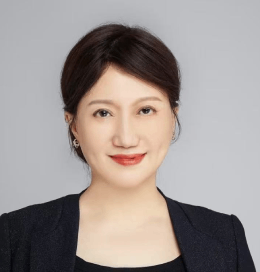
Abstract submitted for the 5th International Keloid Symposium
The treatment of keloid requires personalized strategies that integrate patient-specific factors, lesion characteristics, multidisciplinary collaboration, and patient expectations. Key elements of the surgical protocol include:
(1) Comprehensive Evaluation: Assessing age, skin type, keloid location (e.g., aesthetic considerations for earlobe lesions), and symptoms (pruritus, pain);
(2) Multidisciplinary Collaborations: Coordinating plastic surgery, dermatology, and radiotherapy teams to combine surgical excision with adjuvant therapies such as postoperative radiotherapy (e.g., superficial X-ray radiation), intralesional injections (corticosteroids, 5-fluorouracil), and pressure therapy;
(3) Key surgical techniques: Tension-reducing approaches via Z-plasty or local flap transfer, incisions aligned with skin tension lines, and layered/partial excision of keloid. Our studies demonstrate that the personalized protocols, combining with postoperative radiotherapy, reduce recurrence rates considerably, while adjuvant intralesional injection and compression garments improve scar’s softness and color as well as patient satisfaction. Future research should be focused on inflammatory modulation and application of biomaterials to optimize clinical outcome for the treatment of keloids. Keywords: Keloid; Personalized surgery; Tension-reducing suture; Postoperative radiotherapy;

